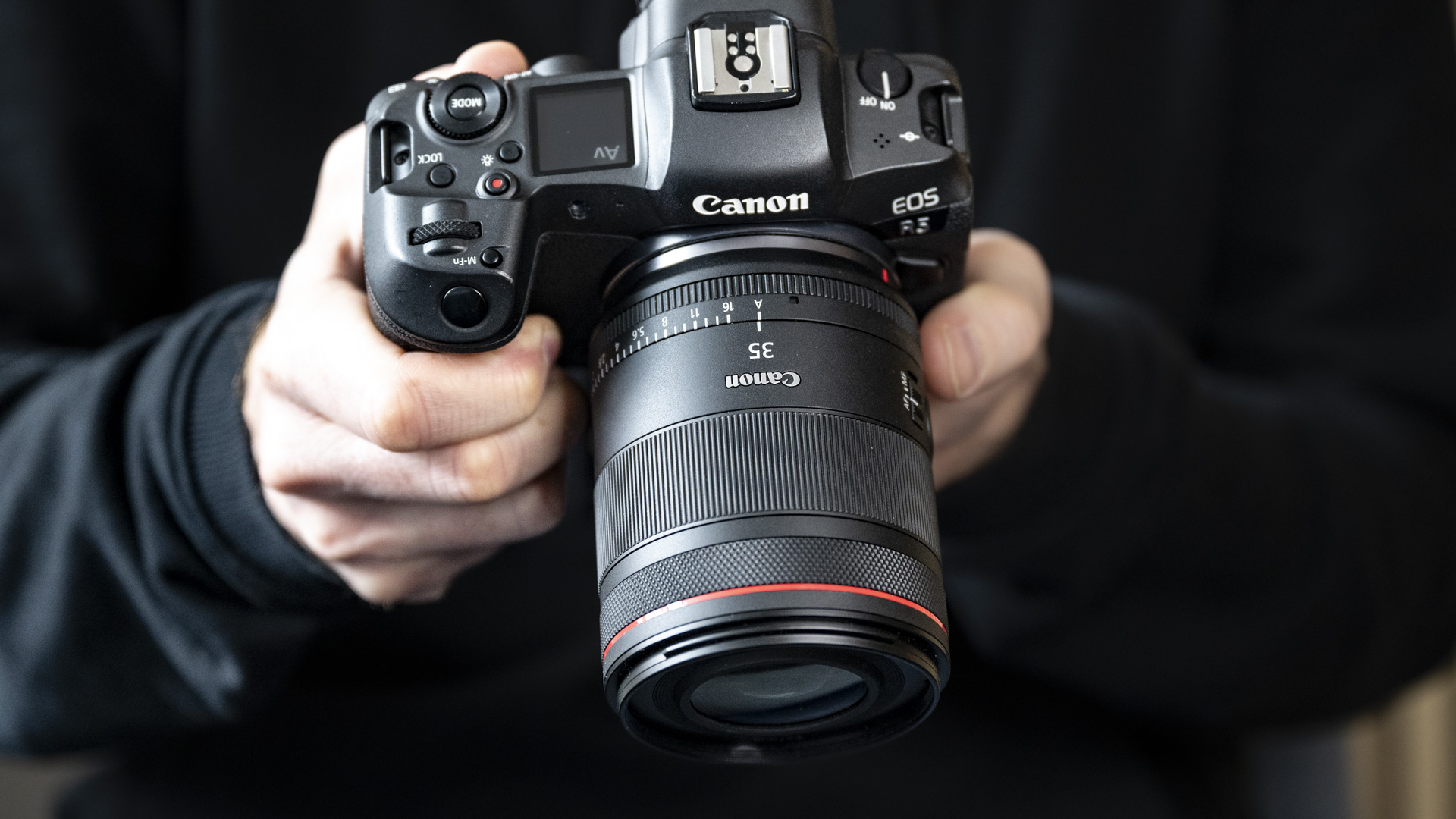- The 2025 Wildlife Photographer of the Year award winners were announced on October 15
- The Canon EOS R5 was the most popular camera among the finalists
- Released in 2020, it has since been replaced by the EOS R5 Mark II.
If you’re like me, you’ll love knowing what other photographers, especially award-winning ones, shoot with. With experience as a photography contest judge, I unsurprisingly found myself browsing the winning images of the Wildlife Photographer of the Year 2025 competition, announced on October 15.
It was while taking a closer look at the technical details behind successful projects, that I was quite surprised by the team chosen. Surely speed and precision are paramount for wildlife photography, right? So you’d expect the best WPOTY photos to be taken with a flagship high-speed mirrorless camera.
The Nikon Z 9 appeared, of course. The Canon EOS R3? That too. But there was one camera much more popular among the successful entrants (besides the 11-year-old Nikon D810 DSLR used for the winning shot). It wasn’t even the Canon EOS R5 Mark II, winner of the 2024 TechRadar’s Choice Camera of the Year award, but it was in fact the original 2020 model that was the most popular among WPOTY winners. Yes… it was the Canon EOS R5 (Mark I).
Now, I’m one of the first to preach about the disposable nature of the tech industry, but when it comes to this level of imaging, I admit that I expected the latest headline-grabbing cameras to be the weapons of choice for this group of award-winning photographers.
A lasting balance between pixels and power

The original EOS R5 was launched in 2020, alongside its slimmer sibling, the EOS R6. Both cameras have since been replaced by the excellent successors Canon EOS R5 Mark II and Canon EOS R6 Mark II, which makes me wonder why the five-year-old R5 still ranks so high.
The EOS R5 lacks the Eye-Control AF of the Mark II and the more recent EOS R3, but still uses a snappy Dual Pixel CMOS AF II system with 5,940 focus areas. More specifically, the autofocus component of the EOS ITR AF This system was initially developed by Canon for the popular EOS-1D X Mark III DSLR camera, which coincidentally also appeared at WPOTY 2025.
The EOS R5 comes equipped with a 45-megapixel full-frame CMOS sensor, 20 frames per second burst shooting with electronic shutter, 8-stop body stabilization, and 8K video. When you compare this to another frequent competitor, the Nikon Z 8, a much more recent release, the older camera’s resolution and maximum RAW burst speed are more than equal. The same goes for the aforementioned Nikon Z9, which is not only newer but positioned higher up in its range (it’s aimed squarely at professionals, while the EOS R5 was also priced for enthusiasts). Meanwhile, 2024 Sony A1II It has comparable 50MP and 8K video resolution, and just barely beats the EOS R5 in maximum burst speed at 30fps.
When top wildlife photographers like Andy Rouse and commercial professionals like Peter McKinnon choose the R5 for their high-end work, it’s no surprise that the camera was built to last. If anything, success in the 2025 Wildlife Photographer of the Year award shows that just because newer, shiny cameras come out, it doesn’t immediately mean that older cameras become irrelevant.
Follow TechRadar on Google News and add us as a preferred source to receive news, reviews and opinions from our experts in your feeds. Be sure to click the Follow button!
And of course you can also follow TechRadar on TikTok for news, reviews, unboxings in video form and receive regular updates from us on WhatsApp also.



